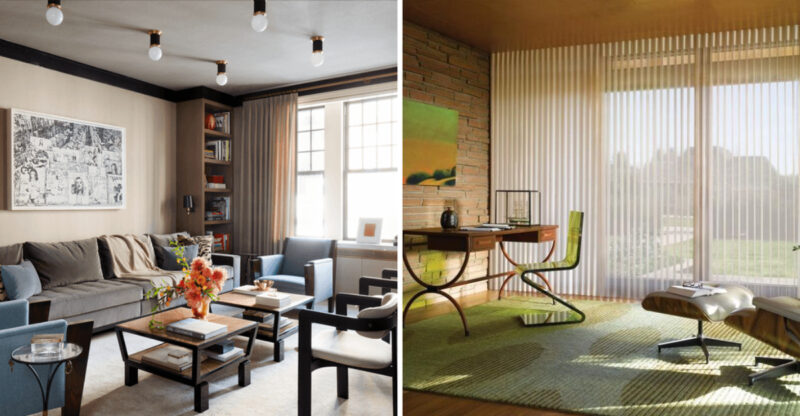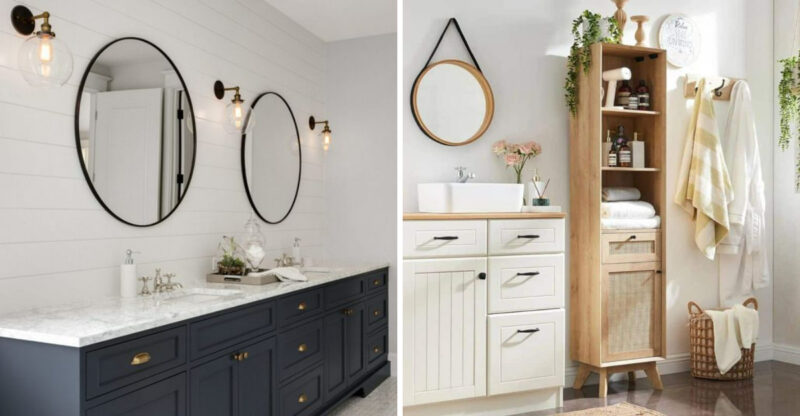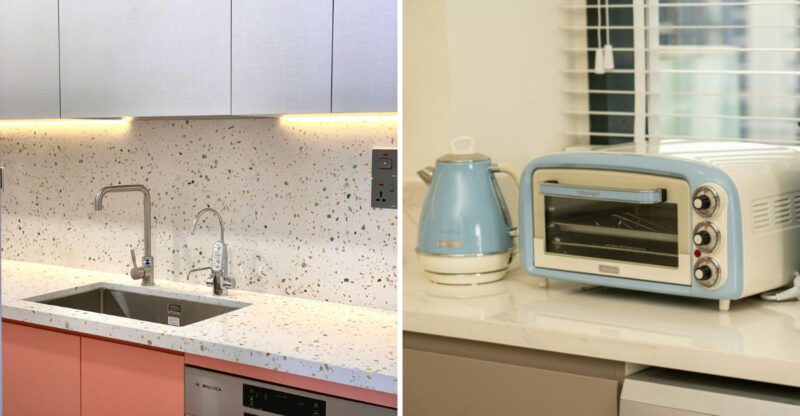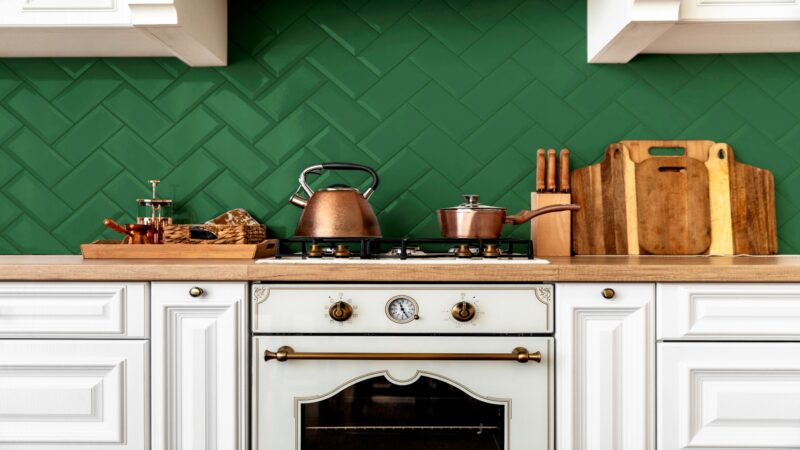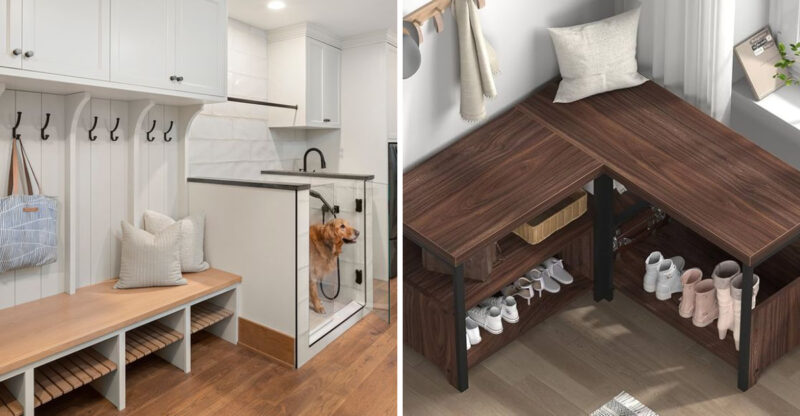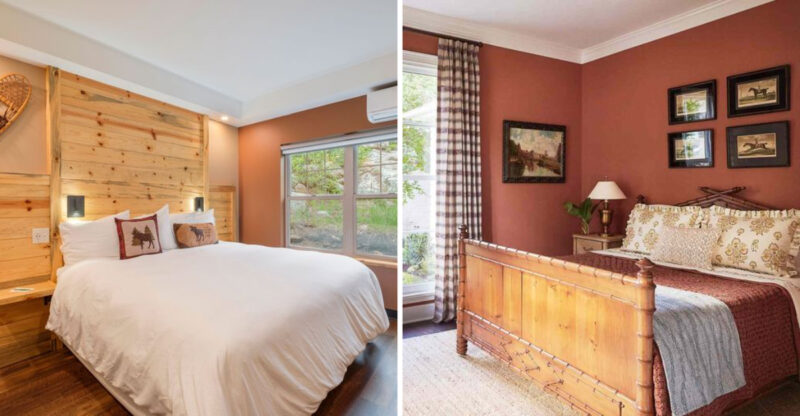Lighting Mistakes That Could Affect How Homes Appear
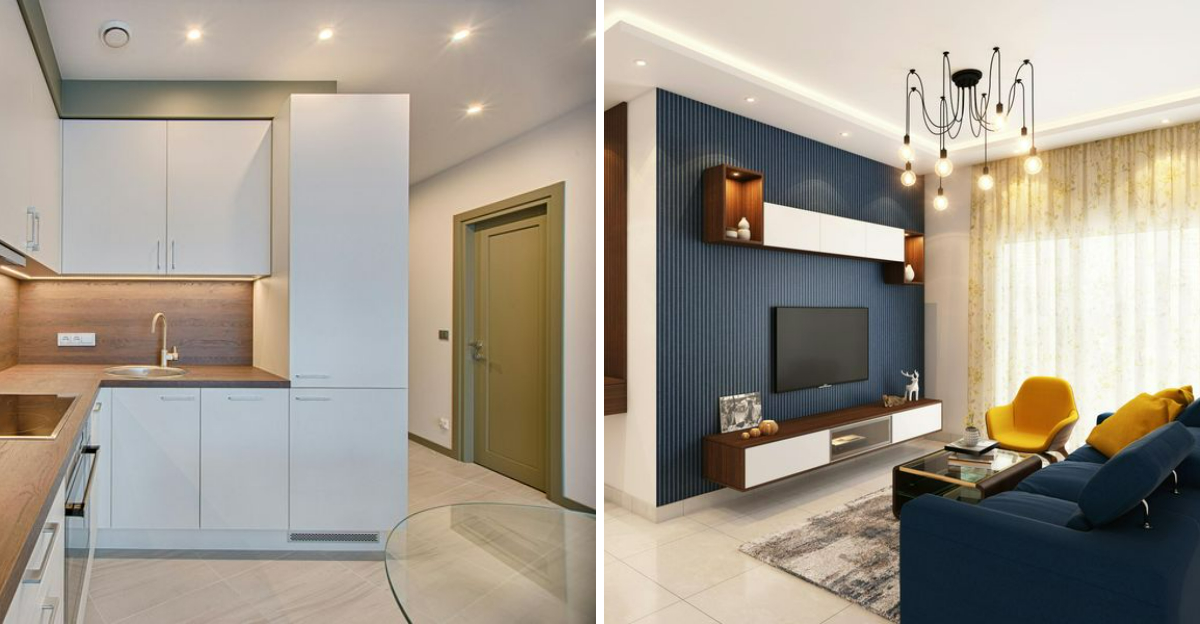
How we light our homes can completely alter their look and feel. The right lighting can make spaces feel larger, enhance colors, and create a warm, inviting atmosphere. On the flip side, poor choices can leave even well-designed rooms feeling dull or cramped.
Here’s a look at common lighting mistakes that could be impacting how your home feels to both you and your guests. The tips in this article are general suggestions, results may vary depending on room layout, fixture types, and personal preferences.
1. Relying on a Single Overhead Light
Walking into a room lit by just one ceiling fixture creates harsh shadows and leaves corners dim. This lighting approach flattens textures and makes spaces feel smaller than they actually are.
Layering different light sources at various heights creates depth and dimension. Try combining overhead fixtures with table lamps, floor lamps, and wall sconces for a more balanced effect that highlights your home’s best features.
2. Mismatched Color Temperatures
Ever notice how some rooms feel oddly disjointed? The culprit might be mixing warm and cool light bulbs. When your kitchen has bluish-white lights while adjacent living areas glow amber, the transition feels jarring.
For a cohesive atmosphere, stick to similar color temperatures throughout connecting spaces. Warm white (2700-3000K) works well in living areas and bedrooms, while slightly cooler tones (3500-4000K) suit kitchens and workspaces.
3. Forgetting About Task Lighting
Cooking becomes frustrating when you can’t clearly see what you’re chopping. Reading strains your eyes when shadows fall across your book. Many homeowners focus on ambient lighting but neglect targeted task lighting.
Strategic task lighting makes everyday activities easier. Under-cabinet lights illuminate countertops, adjustable reading lamps prevent eye fatigue, and well-placed desk lamps make paperwork less taxing. These focused light sources enhance functionality without sacrificing style.
4. Ignoring Natural Light Potential
Heavy drapes permanently drawn across windows block one of your home’s best features – natural daylight. Sunlight brings spaces to life, makes rooms appear larger, and improves mood.
Light-filtering window treatments offer privacy while still allowing sunshine to filter through. Consider sheer curtains, adjustable blinds, or plantation shutters that can be easily opened during daylight hours. Strategic mirror placement can also bounce natural light deeper into rooms.
5. Overlooking Recessed Lighting Placement
Randomly placed recessed lights create spotty illumination and unflattering shadows. Homeowners often install these fixtures without considering furniture placement or room function.
Proper recessed lighting follows a plan. In living areas, position lights to highlight artwork or architectural features. In kitchens, align them with countertop edges rather than centers to prevent working in your own shadow. The general rule of dividing ceiling height by two gives the ideal spacing between fixtures.
6. Using Bulbs With Poor Color Rendering
Cheap LED bulbs can make your carefully chosen paint colors and furnishings look completely different than intended. Low CRI (Color Rendering Index) lighting distorts colors, making reds appear brownish and blues seem dull or greenish.
High-quality bulbs with CRI ratings of 90+ show colors as they truly are. This accuracy matters particularly in spaces where color matters – kitchens where you prepare food, bathrooms where you apply makeup, and living areas where you display artwork.

